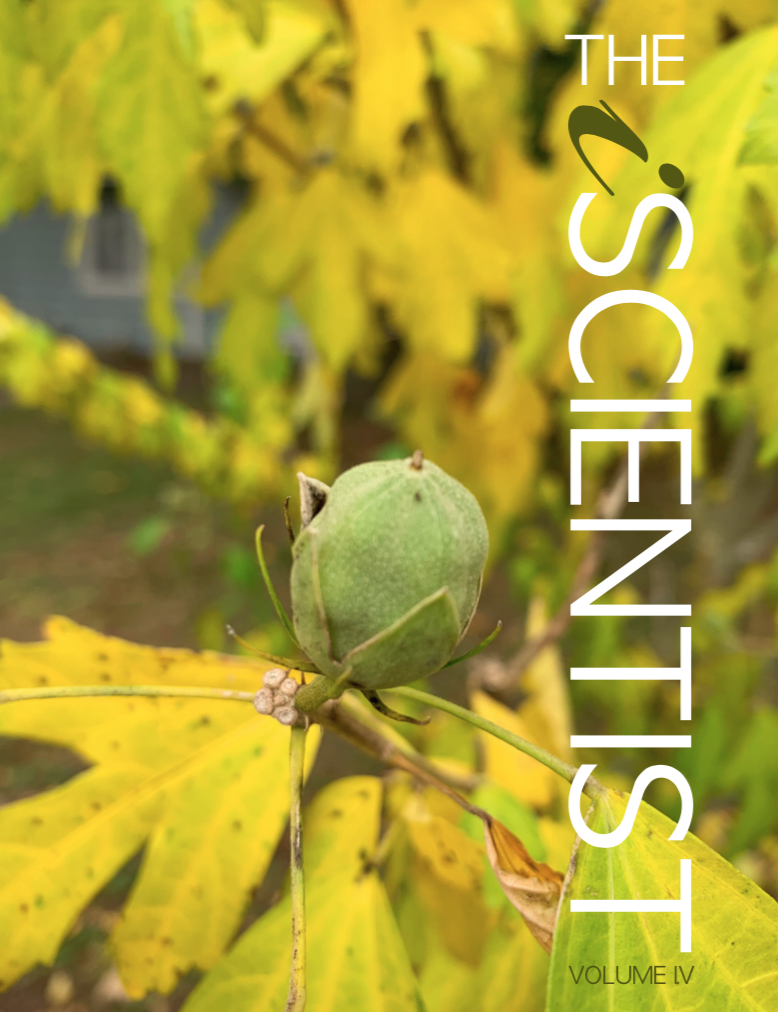Triple negative breast cancer and synthetic lethality
Abstract
Triple negative breast cancer (TNBC) is a unique type of breast cancer characterized by the lack of expression of estrogen receptors (ER), progesterone receptors (PR) and the human epidermal growth factor receptor 2 (HER2). TNBC is a heterogeneous disease and in general is known for its aggressive nature, distinct metastatic patterns and lack of known target therapies. In the search of new therapeutic targets few have been proven to be successful however one of significance involves the concept of synthetic lethality. An interaction is considered synthetically lethal when a mutation occurs within a protein who is characterized as cancer specific and the tumor cell requires the activity of the synthetic lethal partner for gene viability. Some examples of synthetically lethal interactions within TNBC involve PARP inhibitors and the overexpression of the MYC pathway. Screening for synthetic lethality can be done using RNA interference, CAS9 libraries, and chemical screening. Applying these concepts to TNBC a screen was proposed in order to find a synthetic lethal interaction in the subtype of TNBC, Infiltrating Ductal Carcinoma.
Downloads
Published
Issue
Section
License
Authors who publish with this journal agree to the following terms:- Authors retain copyright and grant the journal right of first publication with the work simultaneously licensed under a Creative Commons Attribution License that allows others to share the work with an acknowledgement of the work's authorship and initial publication in this journal.
- Authors are able to enter into separate, additional contractual arrangements for the non-exclusive distribution of the journal's published version of the work (e.g., post it to an institutional repository or publish it in a book), with an acknowledgement of its initial publication in this journal.
- Authors are permitted and encouraged to post their work online (e.g., in institutional repositories or on their website) prior to and during the submission process, as it can lead to productive exchanges, as well as earlier and greater citation of published work (See The Effect of Open Access).


